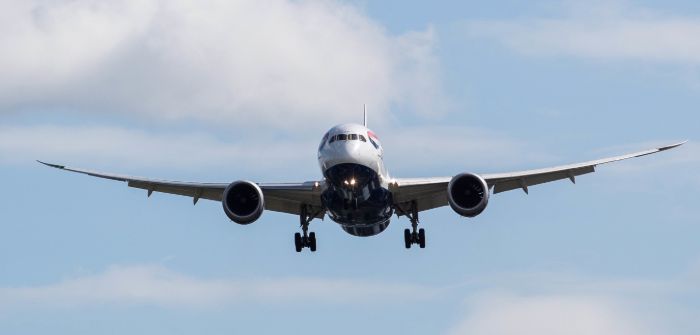Grounding aircraft due to the coronavirus pandemic has reduced the observations available for weather prediction centers.
The observations are used with others to estimate the state of the Earth system at the start of forecasts.
For the European Centre for Medium-Range Weather Forecasts (ECMWF), aircraft reports are second only to satellite data for forecasts.
The number of aircraft reports had reduced by 65% by March 23 compared with March 3, and global reports were down 42%.
A major source of aircraft-based observations in operational weather forecasting is the World Meteorological Organization’s Aircraft Meteorological Data Relay (AMDAR) program.
US airlines provide many aircraft reports, but European and other programs also make significant contributions.
European reports coordinated by EUMETNET have been hit, and other programs have declined substantially.
AMDAR reports may be switched off to reduce costs where there are plenty of aircraft reports.
Steve Stringer, EUMETNET aircraft-based observations program manager, said, “The latest information available from airlines suggests that European AMDAR coverage will be reduced by 65% or more over the coming month, which is currently expected to continue into the summer.”
Christopher Hill from the US National Oceanic and Atmospheric Administration, said, “We are anticipating the substantial reduction in the availability of US AMDAR data to continue over the coming weeks, likely to generate some measure of impact on the output of our numerical weather prediction systems.”
ECMWF said removing all aircraft data worsens short-range and temperature forecasts around the polar jet stream level by up to 15% with severe declines at all forecast ranges up to seven days.
Satellite data provides information for temperature and humidity but less so for wind. In January 2020, ECMWF started using wind information from the Aeolus satellite.
Lars Isaksen, head of the Actively Sensed Observations Group at ECMWF, said, “The Aeolus results demonstrate that there is still plenty of room to improve wind initial conditions. The Aeolus data will partly fill the gap due to fewer aircraft reports.”
This is an edited version of a longer article published on the ECMWF website on March 24, click here to read the original.



